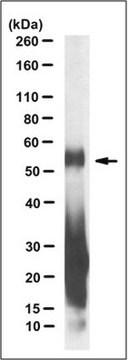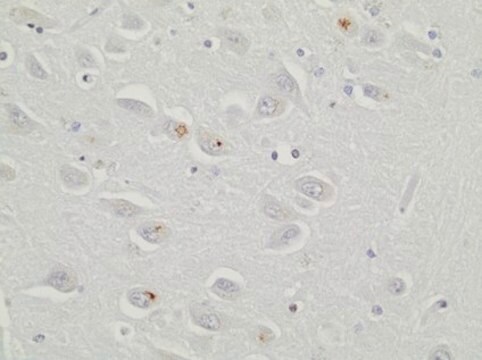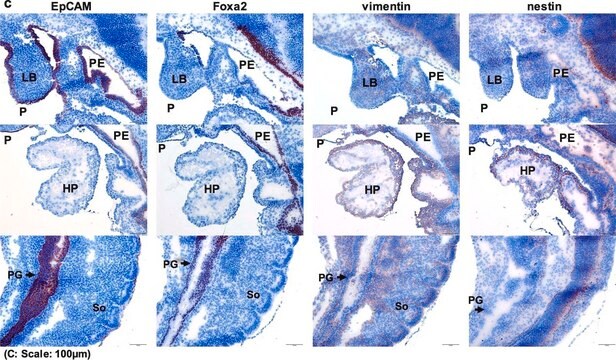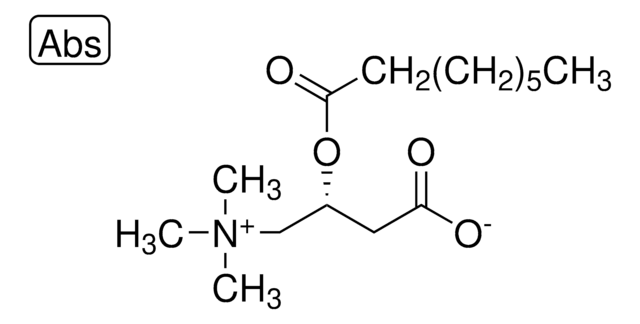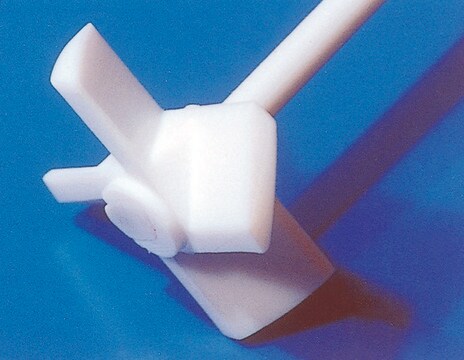MABN1790
Anti-C9ORF72/C9RANT (poly-AP) Antibody, clone 14E2
clone 14E2, from rat
Synonyme(s) :
C9ORF72/C9RANT (poly-PA)
About This Item
Produits recommandés
Source biologique
rat
Niveau de qualité
Forme d'anticorps
purified immunoglobulin
Type de produit anticorps
primary antibodies
Clone
14E2, monoclonal
Espèces réactives
human
Technique(s)
immunocytochemistry: suitable
western blot: suitable
Isotype
IgG1κ
Numéro d'accès UniProt
Modification post-traductionnelle de la cible
unmodified
Informations sur le gène
human ... C9orf72(203228)
Description générale
Spécificité
Immunogène
Application
Western Blotting Analysis: A representative lot detected the expression of an exogenously transfected PA175-myc dipeptide repeat (DPR) construct containing a 175 PA-repeat sequence in lysate from HEK293 transfectants (May, S., et al. (2014). Acta Neuropathol. 128(4):485-503).
Qualité
Western Blotting Analysis: 0.5 µg/mL of this antibody detected 3 µg of recombinant GST fusion with a 10 AP-repeat sequence (GST-AP10).
Description de la cible
Forme physique
Autres remarques
Vous ne trouvez pas le bon produit ?
Essayez notre Outil de sélection de produits.
Code de la classe de stockage
12 - Non Combustible Liquids
Classe de danger pour l'eau (WGK)
WGK 1
Point d'éclair (°F)
Not applicable
Point d'éclair (°C)
Not applicable
Certificats d'analyse (COA)
Recherchez un Certificats d'analyse (COA) en saisissant le numéro de lot du produit. Les numéros de lot figurent sur l'étiquette du produit après les mots "Lot" ou "Batch".
Déjà en possession de ce produit ?
Retrouvez la documentation relative aux produits que vous avez récemment achetés dans la Bibliothèque de documents.
Notre équipe de scientifiques dispose d'une expérience dans tous les secteurs de la recherche, notamment en sciences de la vie, science des matériaux, synthèse chimique, chromatographie, analyse et dans de nombreux autres domaines..
Contacter notre Service technique
